Though there are plenty of coffee-producing countries, few take as much pride in their product as Costa Rica. This Latin American region produces some seriously noteworthy coffee. So, if you and your taste buds love exploring a vast range of flavor profiles, this one is for you.
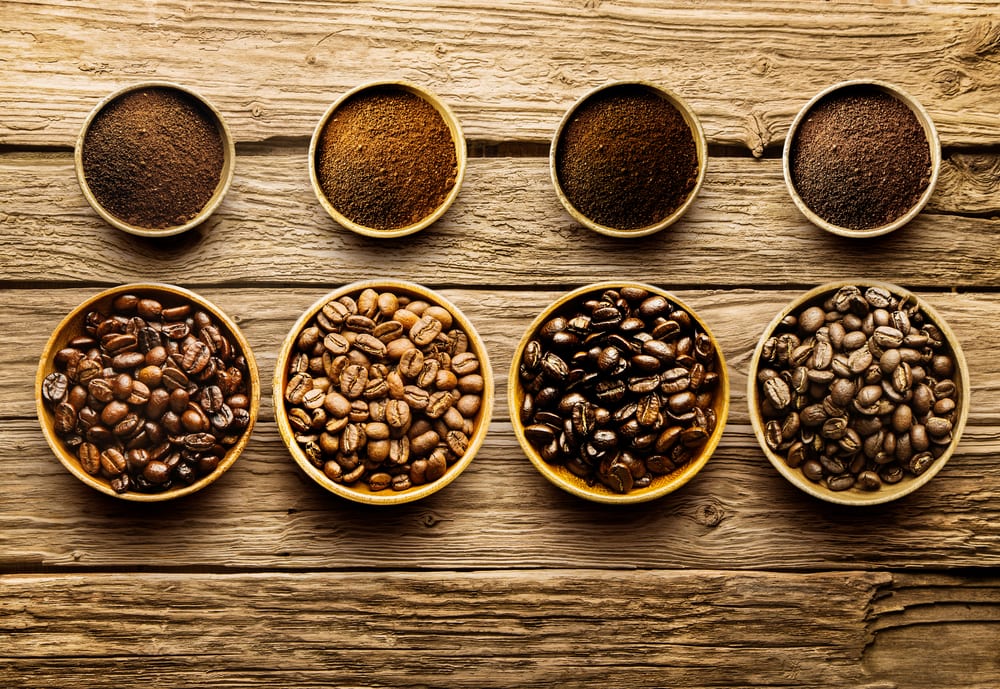
At A Glance: Our Top 5 Picks for Costa Rican Coffee
We’ll tell you what makes Costa Rican coffee beans special and recommend beans and brewing methods. With the kind of variety Costa Rica’s joe offers, we wouldn’t be surprised if you stumbled across your new favorite brew.
Quick Summary: The Best Costa Rican Coffee
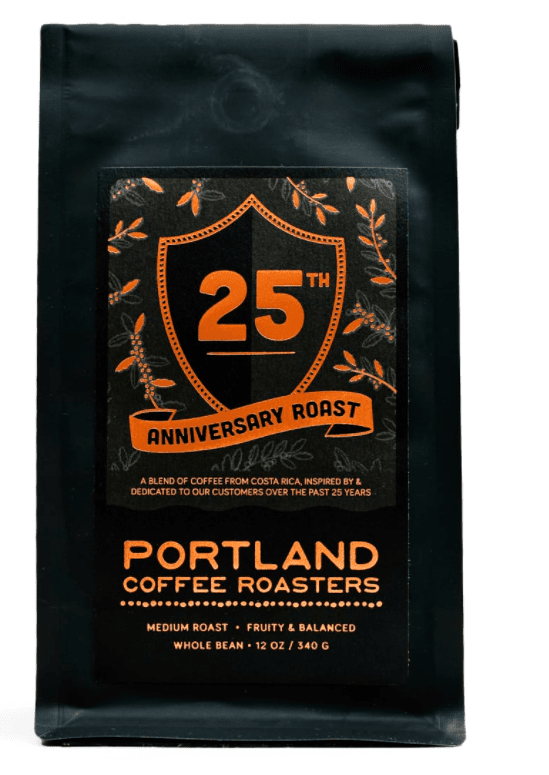 | Our Top Choice PORTLAND COFFEE ROASTERS 25TH ANNIVERSARY ROAST |
| Check Price → |
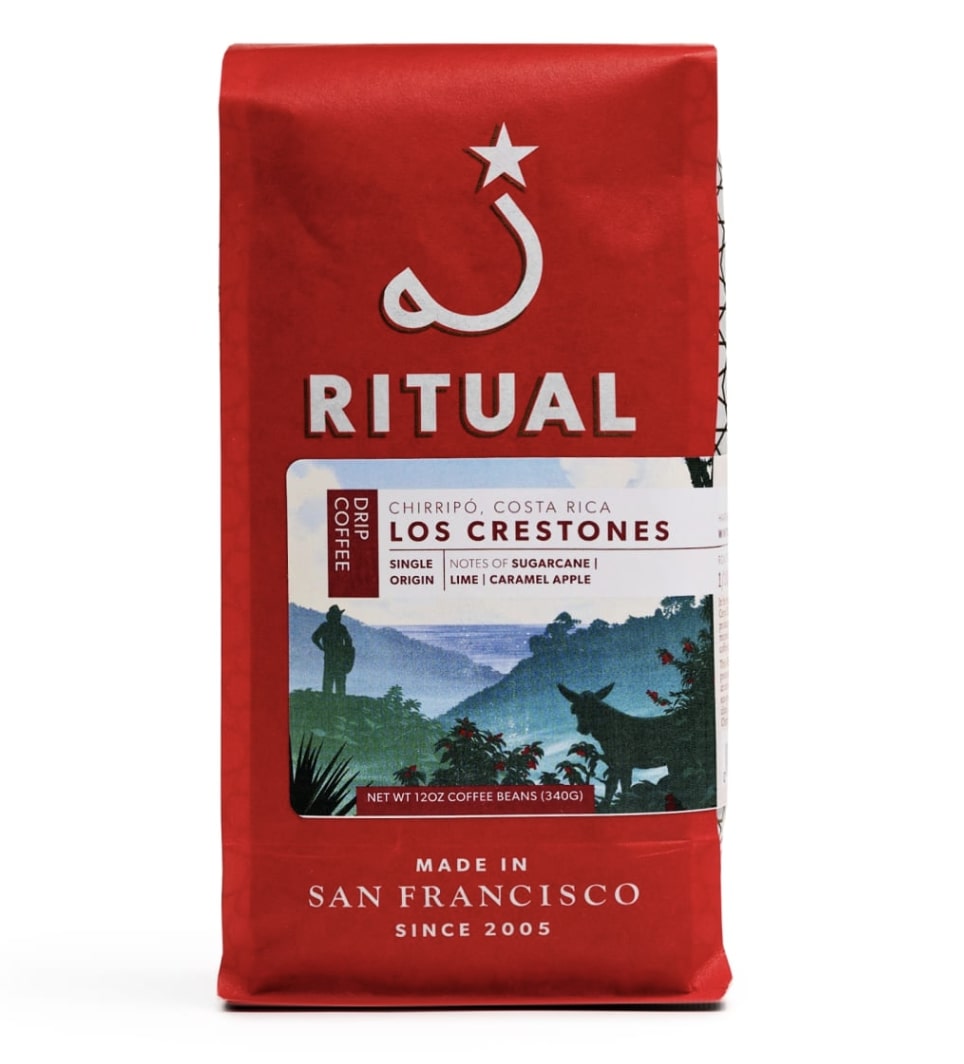 | Ritual Coffee Los Crestones |
| Check Price → |
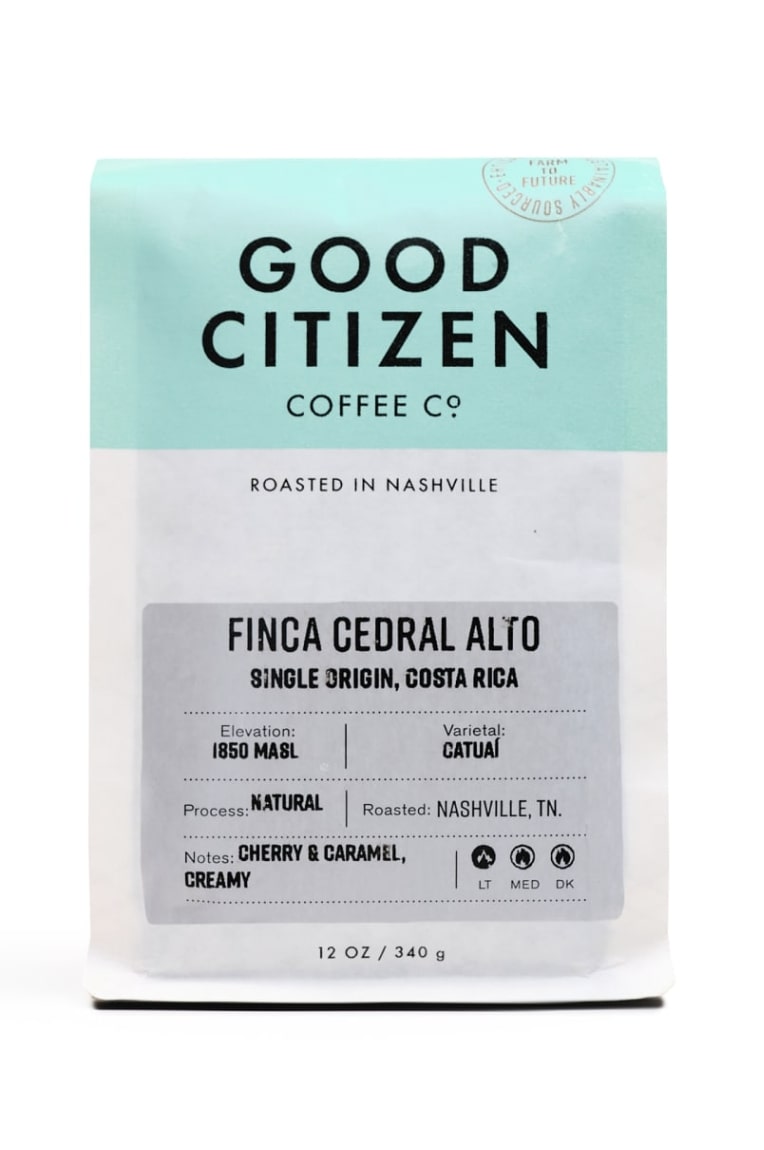 | Good Citizen Coffee Co. Finca Cedral Alto |
| Check Price → |
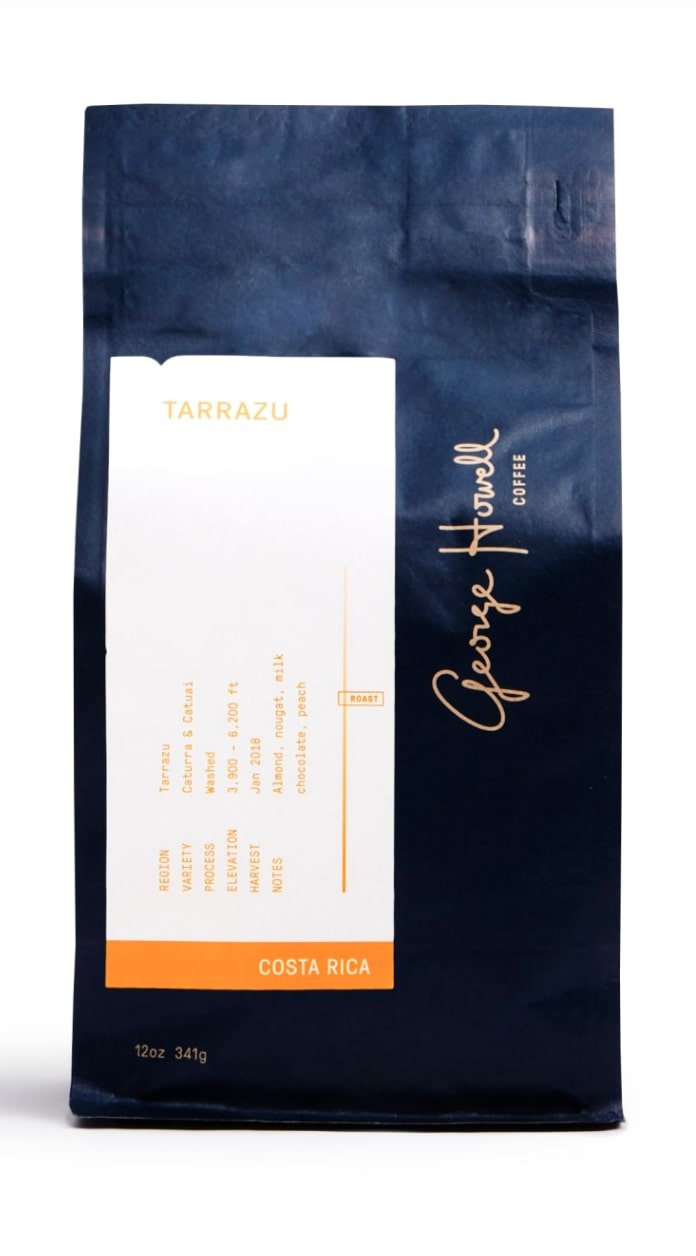 | George Howell Coffee Tarrazu |
| Check Price → |
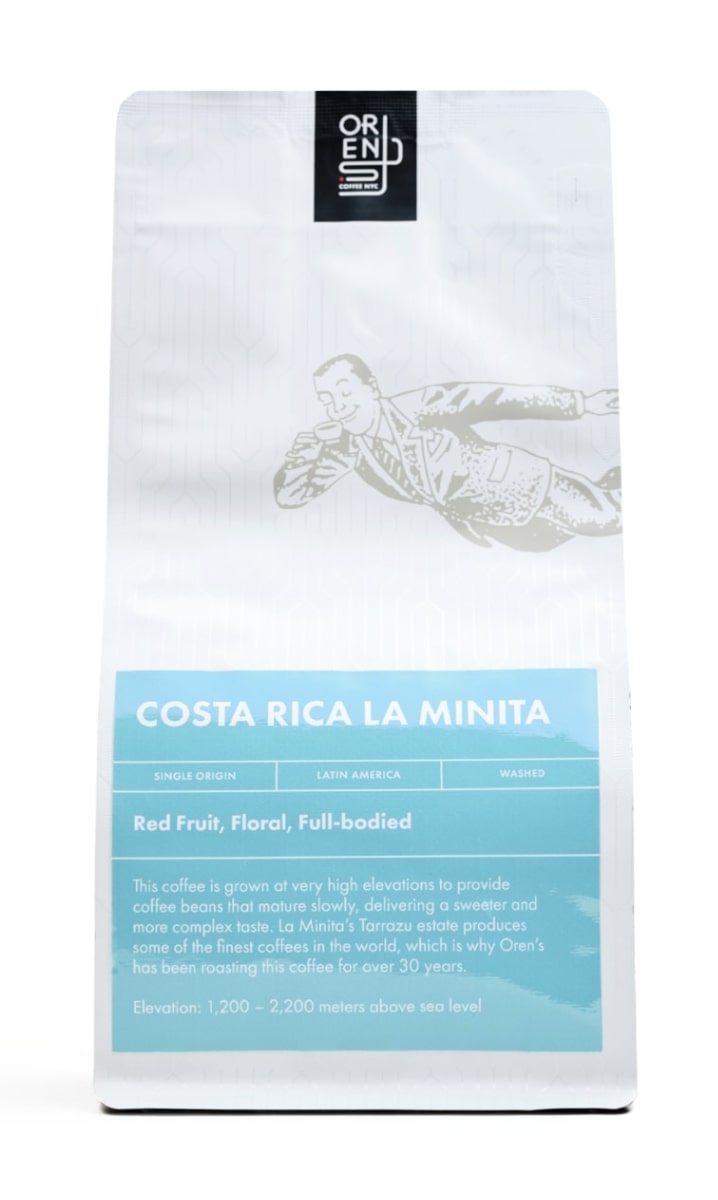 | Oren's Coffee Costa Rica La Minita |
| Check Price → |
 | Copper Moon Coffee Costa Rican Blend |
| Check on Amazon → |
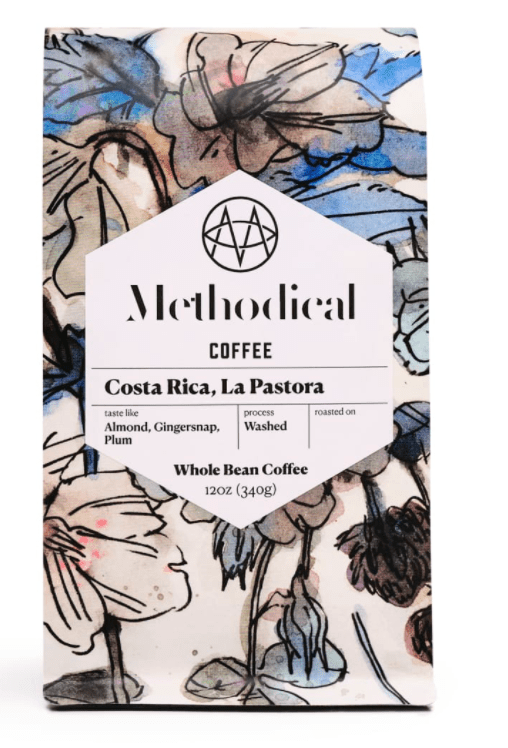 | METHODICAL COFFEE LA PASTORA |
| Check Price → |
 | CAFÉ BRITT’S TRES RIOS |
| Check on Amazon → |
 | Coffee Bean Direct Dark Costa Rican Tarrazu |
| Check on Amazon → |
 | VOLCANICA COSTA RICA PEABERRY |
| Check on Amazon → |
Costa Rican Coffee Culture
All Arabica, All the Time
You may have heard us or some other devoted coffee lover go on about arabica beans before. But those of you who’ve missed out on those conversations should know these are generally considered a superior type of coffee bean because they tend to produce a more complex brew with a full-bodied flavor profile.
Noting this is important because Costa Rica’s government has made it illegal to produce any other type of coffee. The 1989 law aligned with the country’s commitment to producing and exporting only high-quality coffee.
The goal was to push Costa Rica’s coffee farmers to commit to the same idea of excellence that had permeated the general consciousness. Though arabica beans are more difficult to grow, the country’s farmers have reduced this specific product to a delicious science; the results are truly worth the effort.
Environmental Factors
The environment plays a huge role in the growing process and eventual flavor of Costa Rica’s excellent coffee beans. Thus, Costa Rica’s ideal coffee-growing climate is almost as important in producing their famous crowd-pleasing coffee beans as their commitment to arabica beans.
As mentioned above, arabica-producing plants can be delicate and a little finicky. It takes a very specific environment to yield a successful harvest, and Costa Rica has it.
Climate
Costa Rica’s climate is not only loved by the high-quality coffee beans that grow there but the tourists that visit the area, too! The mountainous regions and temperate weather have created an oasis for growing premium joe. Because the temperature generally stays in the same range (between 63 and 80 degrees Fahrenheit), the only seasonal distinctions are between the dry and wet periods.
Most Costa Rican farmland is located in the nation’s mountainous region, and the altitude plus heavy rainfall ensures a bountiful coffee harvest.
Soil
Like the weather, the soil in which the coffee plant grows intensely impacts the beans’ aroma, flavor, and overall body. Unsurprisingly, Costa Rica’s soil is just as unique as the nation’s climate. The soil, enriched by volcanic ash, lends the beans a richer profile, as the beans are more oxygenated there than in other growing areas.
Growing Regions
Costa Rican coffee farmers grow their products in one of eight distinct regions. While they all benefit from the unique climate and volcanic soil discussed above, other factors present in these areas lend each one a set of unique qualities. These microclimates result from variations in things like altitude and humidity across Costa Rica.
Where is the best coffee grown in Costa Rica?
Of the eight regions — Guanacaste, Valle Occidental, Valle Central, Tres Ríos, Tarrazu, Orosi, Turrialba, and Brunca — Tarrazu is the most well-known, producing premium coffee beans with rich, deep aromas and a more acidic taste.
Many consider Tarrazu beans and their nuanced, complex flavors the best Costa Rica has to offer, and as the largest of the nation’s growing regions, it accounts for around a third of the beans grown in the country.
General Tasting Notes
The flavor notes you detect in your cup of Costa Rican coffee will vary based on the region from which it came.
Coffee enthusiasts who purchase Tarrazu beans should prepare to sip heavy, acidic cups with hints of chocolate, orange, vanilla, and dried fruit. Brunca’s delicious coffee has milder flavors, and the relatively humid and moist area is known for producing beans with intricate citrus flavors.
Blends from Valle Occidental (West Valley) tend to have peachy apricot notes, while Valle Central’s (Central Valley) microclimate is responsible for producing balanced coffee with fruit and chocolate notes and a notable honey aroma.
Despite urban development interrupting coffee production, Tres Ríos continues to produce gourmet coffee beans. The Irazú Volcano enriches this region’s soil, allowing for the growth of coffee with balanced acidity levels and tasting notes ranging from allspice and honey nut to orange citrus and plum. Because this area is known for producing luxurious, excellent quality joe, its nickname is “the Bordeaux.”
Named after the nearby active volcano, Costa Rica’s Turrialba region produces easy-drinking coffee with a much softer profile, gentle acidity, light body, and a subtle aroma. Guanacaste, one of the more mountainous regions, also produces smooth-bodied java with notably mild acidity and a bitter flavor with slightly salty notes.
Last, but certainly not least, is the Orosi region, which is most known for its considerably humid climate and vibrant greenery. Beans from this area brew some of the smoothest, most balanced cups you’ll encounter.
Roasty Rankings: Our Top Picks for the Best Costa Rican Coffee
Now, for the moment of truth: some of the best coffee beans Costa Rica has to offer!
Portland Coffee Roasters 25th Anniversary Roast

Portland Coffee Roasters 25th Anniversary Roast
What better way to celebrate an anniversary than with chocolate and cherries? Smooth milk chocolate sweetness balances a gentle cherry acidity, with a kiss of roasted walnut.
Nothing says celebration like coffee does (But honestly, we don’t think anything says anything like coffee does). Fortunately, Portland Coffee Roasters agrees. And thus, the brand’s 25th Anniversary roast was born.
These Costa Rican beans have a medium roast profile — that’s just enough to bring out the distinct flavors of chocolate and citrus packed inside each of them. Imagine sipping warm, comforting cups of this joe on a lazy Sunday morning, perhaps with a splash of milk and creamer — that sounds perfect to us!
Ritual Coffee Los Crestones
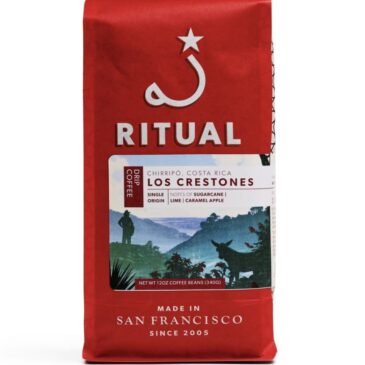
Ritual Coffee Los Crestones
Distinct caramel apple sweetness reminds us of our all-time favorite fall snack, complemented by a touch of juicy lime acidity.
Ritual Coffee’s Los Crestones coffee beans hail from the hills near the Chirripó National Forest, part of the country’s Brunca coffee-growing region. Brunca beans boast a distinct coffee flavor with hints of citrus sprinkled about, and Ritual’s Los Crestones fresh roasted coffee is no exception to the norm. Take a sip of this brew, and you’ll taste bits of bright, juicy lime, plus sweet sugarcane and caramel apple.
You can consider this coffee a shining example of just how good Chirripó java can be — Ritual does, and, if we’re being honest, we do, too. Produced in small batches, carefully washed, and slowly dried, it’s clear these beans are getting top-notch treatment, and that effort shows up in your cup.
Good Citizen Coffee Co. Finca Cedral Alto
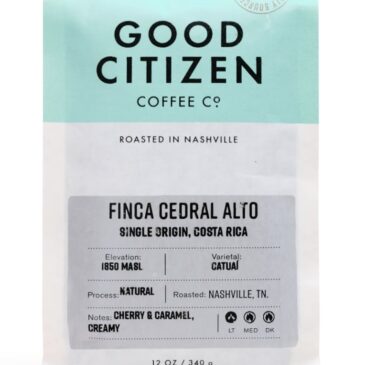
Good Citizen Coffee Co. Finca Cedral Alto
Though the bag of Good Citizen Coffee Co. beans you purchased came to you from the brand’s Nashville, Tennessee, headquarters, they began their lives on the Roble Negro Finca Cedral Alto. That plantation is passionate about producing high-quality Costa Rican coffee and preserving the environment in which it grows; supporting this business is a win-win for everyone involved.
Scooping a few tablespoons of this ground coffee into your favorite method of brewing creates a creamy cup full of cherry and caramel flavors perfect for kicking off the day or pushing you over that mid-afternoon slump. Enjoy this single-origin joe black or with a splash of homemade creamer, depending on your preferences.
George Howell Coffee Tarrazu
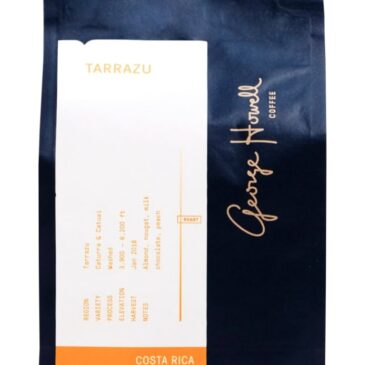
George Howell Coffee Tarrazu
The customer comes first, declares Massachusetts-based coffee roaster George Howell Coffee, and that’s why the company sets out to find only the highest-quality coffee beans possible. Those bang-up beans include this medium roast from Costa Rica’s Tarrazu region.
This batch of joe is a perfect pick for any coffee nerd who wants to enjoy something with a classic taste. Whether you’re enjoying your morning or afternoon coffee (or evening — you won’t hear any judgment from us), you’ll enjoy the smooth almond, nougat, peach, and chocolate notes that fill your cup.
Oren’s Coffee Costa Rica La Minita
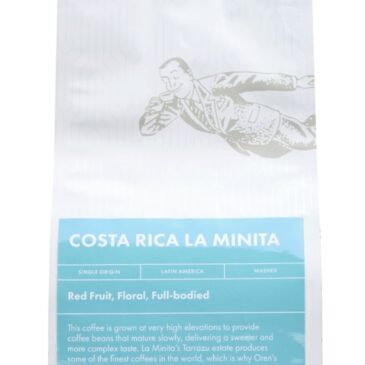
Oren's Coffee Costa Rica La Minita
Costa Rica’s La Minita farm is known in the coffee world for producing high-quality specialty beans, and those produced in partnership with Oren’s Coffee are certainly no exception.
Because this java is grown, processed, roasted, and packaged with care, all of its fruity notes and bright acidity remain after you prepare it with your brewing method of choice. It’s no wonder Oren’s has been roasting these beans for over three decades — they’re delicious!
Aside from their natural flavors, these beans are a popular pick because of the farm on which they’re grown. La Minita seems to care deeply about its employees, going as far as providing medical care and housing to all who work there. This level of concern offers yet another reason both roasteries and individuals can feel good about buying this joe and supporting La Minita’s work.
Copper Moon Coffee Costa Rican Blend
If you often find yourself dreaming of the most wonderful cup of coffee imaginable, you’re in good company. According to the company’s website, Copper Moon Coffee is a group of “starry-eyed dreamers who are passionate about perfect coffee.”
We don’t know about you, but we think their claim’s passion is a pretty trustworthy guarantee that the brand puts its best foot forward with every batch of beans it sells.
Copper Moon’s premium Costa Rican beans produce a brew with a silky-smooth mouthfeel, a winey flavor profile, and a finish that’s so lovely you’ll be talking about it for the rest of the day. After these gourmet single-origin coffee beans are harvested from Central America’s rich, volcanic soil, they’re roasted to medium-colored perfection, a good choice for anyone eager to enjoy something right in the middle of a bright light roast or intense darker beans.
Methodical Coffee La Pastora

Methodical Coffee La Pastora
This smooth cup starts out with a walnutty, chocolaty sweetness that yields to a lemony acidity and a clean finish.
Methodical Coffee’s La Pastora roast prides itself on being clean, classic, and approachable. In other words, it’s the kind of brew any java drinker, from new fans of the stuff to longtime coffee experts, can enjoy. The beans’ flavors of plum, almond, and gingersnap play well together, resulting in a cup of delightful coffee that tastes plain great.
The La Pastora roast has a rather uniform flavor, thanks to the soil in which it was grown and the processing methods used at CoopeTarrazu, the co-op where the beans are produced. The joe’s sweet, balanced flavor drew Methodical Coffee in, and it’s likely what’ll get you hooked on the stuff, too.
Café Britt’s Tres Ríos
Café Britt is pretty much the king of Costa Rican coffee brands. We could probably include its entire product roster on this buying guide, but to avoid overwhelming you, Roasty reader, we’ll limit our raving to Café Britt’s Tres Ríos blend.
This rich medium roast coffee has a beautifully distinct plum taste indicative of the region where it grows. More subtle notes of sweet honey, nuts, and citrus play underneath the plum tones, and the coffee’s mild acidity (not to mention its intricacy and depth!) makes it an absolute pleasure to drink.
Dark roast aficionados can try the Tarrazu coffee from the same brand — it may be darker, but it’s still just as delightful a treat.
Coffee Bean Direct Dark Costa Rican Tarrazu
And speaking of dark roasts, this one from Coffee Bean Direct is also an excellent choice for people hoping to spend a little time on the dark side. You’ve probably seen Coffee Bean Direct mentioned on our site before, and that’s because the brand’s beans tend to be up to snuff; this joe is no exception.
This dark roast coffee from the Tarrazu region has a more pronounced acidity and fuller body than some of the other offerings mentioned. Its most prominent flavor is gentle, lingering smokiness complimented by notes of citrus fruits, dark chocolate, and sweet honey.
In short, this is a must-try if you’re in the market for something heavy yet complex. Besides, these beans are slow-roasted immediately before packaging, so you know you’re getting the freshest beans you could want in every bag.
Volcanica Coffee Costa Rica Peaberry
Volcanica Coffee brings us yet another batch of premium coffee beans from the Tres Ríos region. Because this is a particularly rare joe, serious java drinkers everywhere can appreciate getting their hands on this stuff. And rareness aside, Volcanica Coffee is known for selling fresh, high-quality beans, so you can trust that whatever this brand produces can make a fine cup of coffee.
These medium roast hand-picked peaberry beans, sourced from the La Isabela Estate, have a much brighter flavor profile than many of the other coffees you’ll find on this list. It also has an intense yet lovable taste accented by subtle notes of tropical fruit, citrus, honey, and almond. Plus, the coffee is shade-grown and Rainforest Alliance Certified.
Frequently Asked Questions
How is Costa Rican coffee processed?
Costa Rican coffee beans are processed in three ways: washed, naturally processed, and honey processed. Each method lends different qualities to the coffee.
- Washed: This is the most common coffee bean processing method. After entering a wet mill, the coffee cherry’s flesh is removed, producing clean and mild coffees with bright, fruity flavors and notes of honey and chocolate.
- Naturally-Processed: This method is growing in popularity because of the delicious flavors it produces and the cost inefficiency of the washed method in some regions. Coffee beans processed this way will boast syrupy bodies and pronounced fruity flavors like berry, citrus, and grape.
- Honey-Processed: Using this method, the fleshy coffee cherry around the bean is only partially removed and leaving part of the innermost layer (called mucilage or honey) intact. This layer dries on the bean, ultimately lending the bean a sweeter flavor and less acidity. You may notice a molasses and honey flavor in these brews.
Does Starbucks sell Costa Rican coffee?
Over the years, Starbucks Reserve has released several high-quality single-origin beans from Costa Rica, and honestly, they’re great. Due to the efficient supply, they are also (thankfully) quite fresh. The next time you find yourself at Starbucks, keep your eyes peeled for bags of Costa Rican joe; it just might surprise you.
Starbucks’ most recent Costa Rican offering was Costa Rica Naranjo, a batch of beans with bright citrus notes of milk chocolate sweetness, pomelo, and lemon.
How should you brew it?
Because most Costa Rican beans are washed, they work well with almost any brewing method you choose. However, we recommend the following coffee brewing styles:
- French Press: A French press is the most commonly suggested method for brewing any specialty coffee, as it keeps all the beans’ flavorful oils intact. This little tool will beautifully bring out the flavors of medium to dark roast coffee from Costa Rica.
- Pour-Over: If you come across a light roast you love, make sure you have a pour-over dripper on hand. This brewer emphasizes the coffee’s clean sweetness without losing any of the more delicate flavors.
- Espresso: If you’re wondering if Costa Rican coffee beans can be used for espresso, the answer is yes. Make sure you have a medium roast nearby (and your trusty espresso machine, of course), pull a shot, and enjoy nothing but full body and pleasant sweetness.
- Chorreador: If authenticity is particularly important to you, try the Chorreador; it’s essentially a traditional Costa Rican drip coffee maker. The Chorreador is a simple mechanism similar to a pour-over brewer. Simply fill a bag (bolsita) with fresh grounds, put it in the wooden stand, and pour hot water over it. Once the water drips through the grounds and into the cup below, you’ll have a satisfying brew.
How much coffee does Costa Rica export?
At the time of writing, Costa Rica is the 14th largest coffee producing country in the world, and considering the nation’s size — especially compared to the other countries on the list — that’s pretty impressive. Because Costa Rica is so small, though, less than one percent of the world’s coffee is produced there.
Despite the fluctuation of Costa Rica’s coffee industry, joe remains one of the most significant parts of the country’s economy.
Wrapping up
So, there you have it — a detailed overview of Costa Rican coffee, plus a few stellar bean recommendations. Whether you’re searching for something with mild acidity and bright flavors or beans with a lux mix of dark and heady notes, Costa Rican joe has you covered and can provide an amazing coffee experience.
We hope you enjoyed exploring the country’s rich coffee culture as much as we did!
¡Pura Vida! & Happy Caffeinating!











